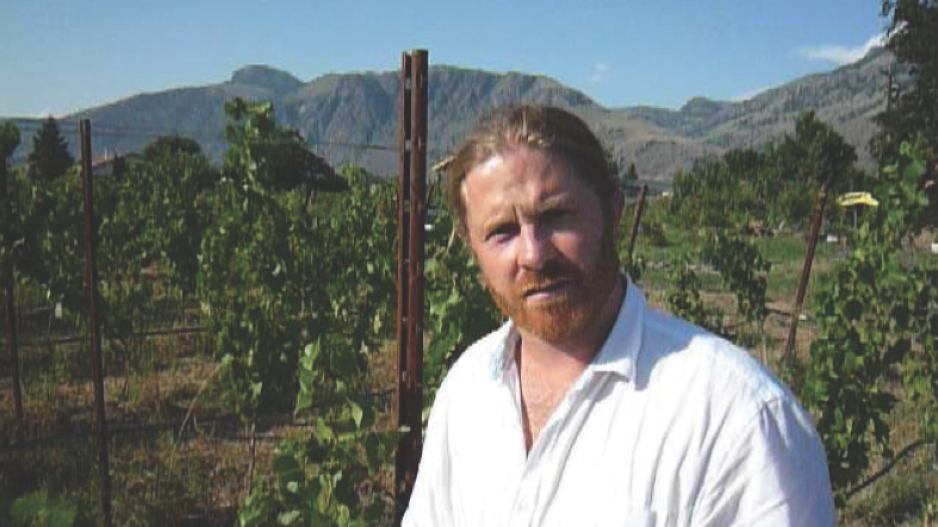The long, hot summer is turning out to be a mixed blessing for British Columbia wineries, who say they expect this year’s harvest to begin three weeks early, at a time when the Okanagan will still be baking under hot, sunny skies.
That’s great for late-ripening varieties like Cabernet Sauvignon. It will give them the time to develop rich, California-like flavours. But it’s going to be a challenge to keep earlier-ripening white grapes from cooking in their harvesting bins before they are delivered to the winery.
There’s been a shift in seasons, a winter with little snow followed by an early, dry summer, that’s forcing winemakers to rethink what they knew about the Okanagan. Nothing like this has happened since the vinifera grape industry became established here in the 1990s.
In the north of the valley, the early spring meant no threat of frost and an exceptional fruit set.
“It’s been a bonus,” said winemaker Grant Stanley of 50th Parallel Estate Winery, south of Vernon. The moderating influence of Lake Okanagan has kept summer’s daytime temperatures within a manageable range for his Pinot Noir and Pinot Gris varietals. He is not facing the same issues as growers in Osoyoos, where too much heat can cause grapes to shut down.
At the southern end of the wine-growing region, the hot, dry summer is bringing with it a whole new set of challenges, from a call by the Regional District of Okanagan-Similkameen for a 30% voluntary cutback on water consumption to the prospect of harvesting grapes when the temperature is still hovering around 30 C.
“The key to this vintage is that you can’t follow some recipe on viticulture. You’ve got to be out in the vines looking at what is happening,” said Rhys Pender, owner of Little Farm Winery in the Similkameen Valley.
He expects to be picking some of his Chardonnay before the end of August, when the days are still likely to be hot. To avoid the problem of heat, he is considering issuing his pickers headlamps so they can harvest at night.
Graham O’Rourke, of Tightrope Winery on the Naramata Bench north of Penticton, said 2015 is shaping up to be the most demanding year for the Okanagan since he began growing grapes in 2003. O’Rourke is also a viticultural consultant for a number of Okanagan wineries.
“It’s probably too hot for what the majority of the valley’s winemakers do best,” he said.
O’Rourke will have chilled jackets on his indoor fermenters to quickly bring the temperature of the grapes down after they arrive at the winery. That will, he hopes, help retain the delicate fruit flavours that are a hallmark of Okanagan wines. But he wonders what will happen to those wineries with tanks sitting outside in the heat.
“It will be hard to maintain fruit and acidity.”
Just how hot this year is turning out to be is being tracked month by month by a team of researchers at the Pacific Agri-Food Research Centre at Summerland. The June report measuring growing degree days, an index for measuring heat that is useful in crop ripening, shows a spike that’s unmatched since the station began issuing reports to grape growers in 1998. The report begins with an uncharacteristic descriptor of the data: “Toasty!” wrote research scientist Pat Bowen.
Although the July report is not yet released, Bowen said it shows the heat units are slightly above average but are not as abnormally high as was June. So far, the year appears very similar to historical records from the summer of 1958, she said.
Heat is only one of a number of factors in determining the quality of the vintage, Bowen said. Grape growers have other management practices to manage the ripening schedule.
For some, the few rainstorms that have hit the region have dumped enough water to keep the soil from drying out. On Little Farm’s four-acre vineyard, Pender is using less water this year than in 2014, thanks to those storms earlier in the summer. He expects he will cope with this year’s erratic vintage.
“The season isn’t really going to be shorter,” he said. “It’s just shifted forward a bit.” •




